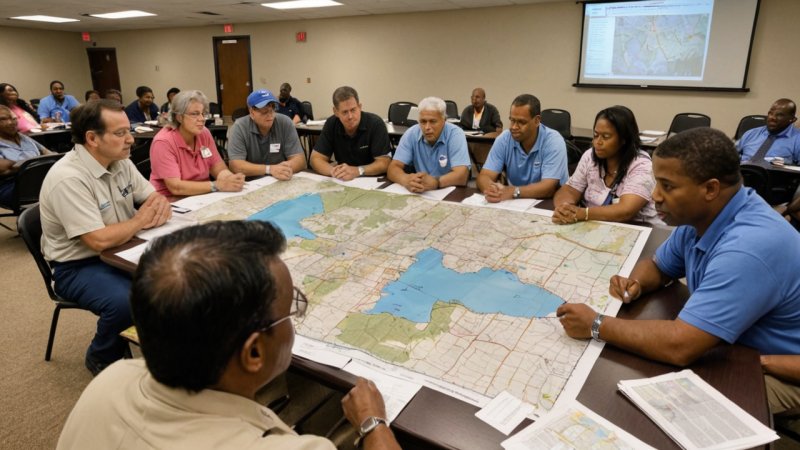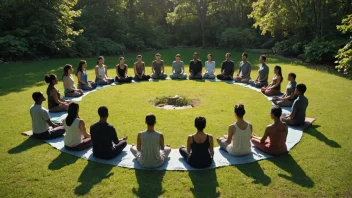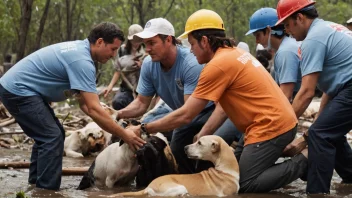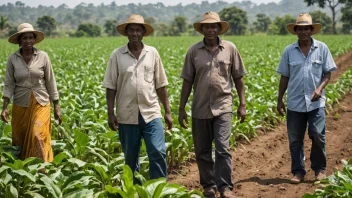In times of disaster, having a well-organized community resource map can be a game changer. It serves as a vital tool for both responders and residents, ensuring that everyone knows where to find essential services and resources. This article will explore how to create an effective community resource map that can aid in disaster response.
The first step in creating a community resource map is to gather data on available resources. This includes locations of shelters, medical facilities, food banks, and emergency services. You can start by reaching out to local organizations, government agencies, and community leaders to compile a comprehensive list. Utilizing online tools and databases can also streamline this process, allowing you to gather information quickly.
Once you have collected the necessary data, it’s important to categorize the resources based on their functions. For instance, you may want to create sections for medical assistance, food and water supplies, and shelter locations. This categorization will help users easily navigate the map during times of crisis.
Next, consider the format of your resource map. Digital maps can be created using platforms like Google Maps, which allow for real-time updates and easy sharing. Alternatively, printed maps can be distributed in community centers and local organizations for those who may not have access to digital resources. Regardless of the format, ensure that the map is user-friendly and visually appealing, with clear symbols and legends.
In addition to the basic information, it’s essential to include contact details and operating hours for each resource. This can make a significant difference in ensuring individuals can access help when they need it most. Furthermore, consider adding community feedback mechanisms to continuously improve the map, as resources may change or new ones may emerge over time.
Engaging the community in this process is crucial. Host workshops or meetings to involve community members in the creation of the resource map. Their input can provide valuable insights into unrecognized needs and resources. Additionally, involving local volunteers can help foster a sense of ownership and responsibility within the community, making them more likely to utilize and maintain the map.
Finally, ensure that your community resource map is widely disseminated. Distribute it through local schools, libraries, and community organizations. Utilize social media platforms to share the map and encourage community members to spread the word. The more accessible the map is, the more effective it will be during a disaster.
In conclusion, creating a community resource map is an essential step in disaster preparedness. By gathering data, categorizing resources, involving the community, and ensuring wide dissemination, you can create a valuable tool that helps save lives and strengthen community resilience. Remember, preparedness is not just about having resources; it’s about ensuring everyone knows how to access them when it matters most.






